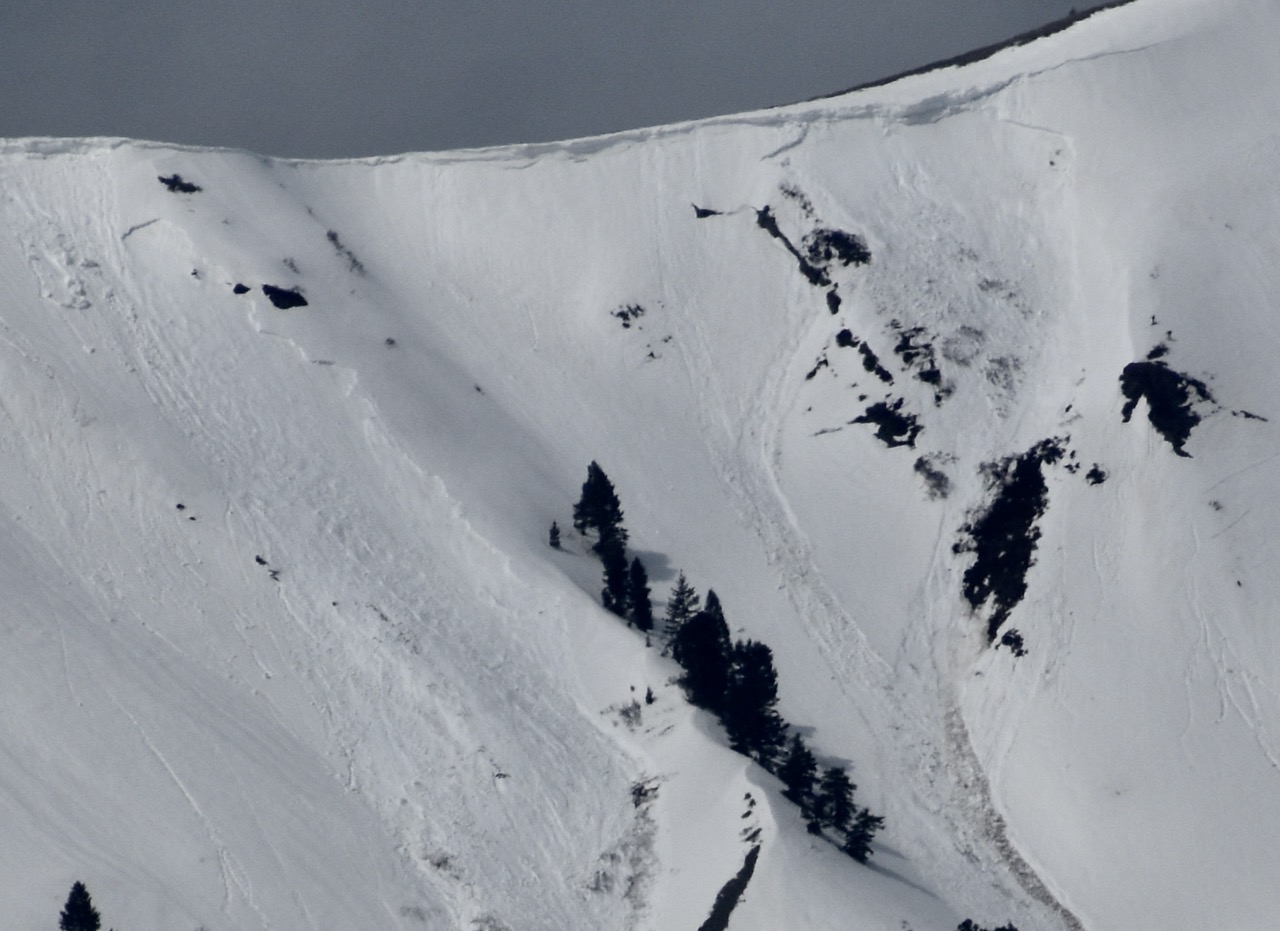Forecast for the Logan Area Mountains

Issued by Toby Weed on
Thursday morning, April 10, 2025
Thursday morning, April 10, 2025
The avalanche danger is MODERATE. After a warm night in the mountains and a poor overnight refreeze, today's intense April sun and seasonal warmth will elevate the threat of wet avalanches on slopes steeper than 30 degrees. Although more likely in sunny terrain, heightened avalanche conditions may exist on any slope with saturated snow. Natural and human-triggered cornice falls, loose wet, and wet slab avalanches are all possible in today's heat.
- Stay off of and well away from large, overhanging cornices, as they can break back much further than expected.
- Avoid being on steep slopes with saturated snow, especially those above trees or other terrain traps.

Low
Moderate
Considerable
High
Extreme
Learn how to read the forecast here








